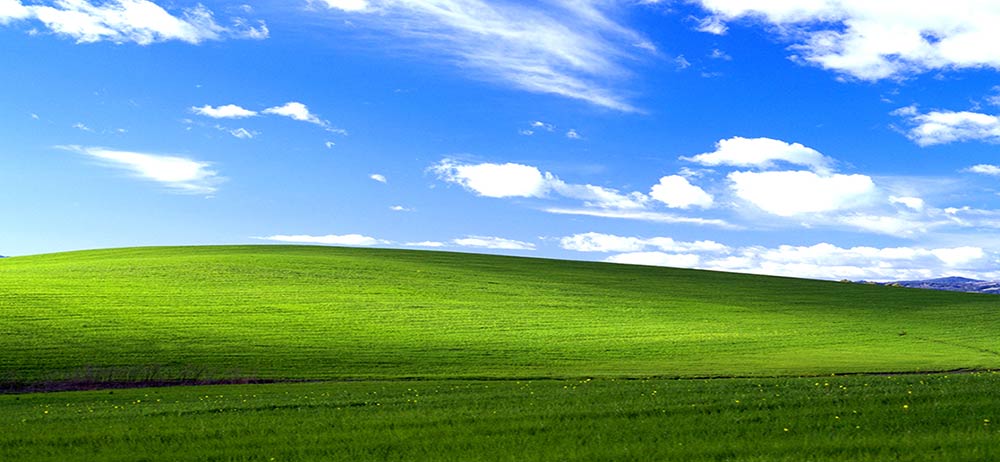
Think Different: Designed with Windows
I’m a designer who spends most of my time on Windows.
Phew...! I’m glad I got that off my chest.
Before I’m ostracized for my choice of OS, let me explain how I got here.
I love using Macintosh software. There is an inherent beauty that comes with the Mac operating systems. Elegantly rendered type, sharp imagery and iconography, subtle shadows and lighting, eased transitions, even the OS chrome is nice. The OS is a simply a pleasure to use, which in turn gives application developers a solid foundation to build on.
In this regard, Windows simply does not stack up. Windows is an endlessly configurable mess of options that sells through every darn channel possible. It’s easy for designers to hate on Windows because its strengths do not lie in pleasuring its users. It’s simply a means to an end for a very diversified user base. The beauty that comes with Mac OS is absent on Windows. And let’s not get started on web browsers...
But unless our audience consists mostly of tech-savvy folks with money to burn on the latest software, we should remember who we’re likely designing for: Folks who bought the laptop Best Buy had on sale that one week (and have not updated the OS since), use the factory recommended display settings, and equate the blue E on their desktop with “Internet”. Yep... Them.
It’s tempting to hop on a Retina MacBook Pro with the latest shiny and make great software. But if we dismiss how our work looks and behaves in other environments, we’re not doing our job.
Too often our tools define us. We’ve designed a bubble around our little web community and some of us aren’t too keen on looking outside. Occasionally while using Windows, I’ll see a recently launched website with improperly coded icon fonts, horizontal scrollbars on a maximized browser window, or web fonts so thin they are illegible. Très careless!
To design and develop on Windows machines is to work in the most adverse environment first. – Jon Tan
For reasons like these, I keep Windows close throughout my process. It has positive side effects in my everyday workflow, even if I’m developing on a Mac. I design and code defensively. I automatically write CSS that works in old versions Internet Explorer. I steer clear of web fonts without good font hinting. I write CSS3 and HTML5 judiciously, keeping track of the differences that will surface across browsers. I watch for bottlenecks or breakage caused by JavaScript. I spent more time than I’d like to admit in Internet Explorer, testing font stacks, sizes, contrast, and whatnot. Knowing the nuances of rendering engines on Windows helps when designing and coding.
And when I finally look at a project on a Mac, usually nothing’s broken. At worse, everything looks like it does on Windows. Usually it looks better, thanks largely to Apple’s attention to design.
It’s healthy to experience our products in the same manner as the general public. As much as we hate to think about it, that means Windows a lot of the time. And I’m not talking about VM’s (which I also have a lot of). No sir, the real thing.
We need to step outside our calm, forgiving world of beautiful software and embrace the volatile and slightly broken real world. It might not be quite our taste, but it’s where we’ll find most of our users.
